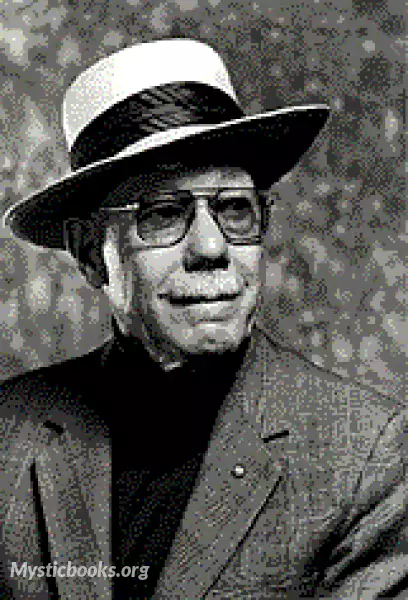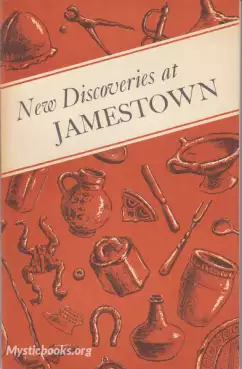
Timeline
Title
Country/Nationality
John L. Cotter
John Lambert Cotter was an American archaeologist whose career spanned more than sixty years and included archaeological work with the Works Progress Administration, numerous posts with the National Park Service, and contributions to the development of historical archaeology in the United States.
Cotter was born in Denver, Colorado to John Aloysius Cotter and Bertha Becker Cotter. He spent his childhood in Colorado, Washington, Montana and California, due to the nature of his father's job. He graduated from one of the Denver's high school and attended the University of Denver where he worked for the National Youth Administration, and tutored students in geology, expecting that he would study English and pursue a career in journalism. Cotter quickly found that he had accrued more credits in anthropology than any other subject.
Cotter accepted a position with the University of Kentucky's Works Progress Administration funded Archaeological Survey in December 1937. In 1940, Cotter took his first post with the National Park Service at Tuzigoot National Monument in central Arizona. He held this position for thirty-seven years. In 1941, he married Virginia Wilkins Tomlin.
When his draft number was called in 1943, Cotter joined the U. S. Army. After seventeen weeks of training, Cotter was sent along with the 357th Infantry Regiment of the 90th Division to serve in the invasion of Normandy. Cotter was wounded and flown to Churchill Hospital in London for rehabilitation. He then returned to France to train at the Armed Forces Institute and was subsequently transferred to London, where he joined the staff of the Armed Forces correspondence school. Cotter earned a Purple Heart for his service at the invasion of Normandy as well as the European and Combat Infantryman badges. He returned home in December 1945 to resume his career at Tuzigoot.
Cotter was transferred to Natchez State Parkway at Tupelo, Mississippi, in 1947 to carry out an archaeological survey along the former Natchez Trace Trail, which ran from Natchez, Mississippi, to Nashville, Tennessee. From there, Cotter served as Acting Chief Archaeologist of the National Park Service in Washington, D.C. while Chief Archaeologist John Corbett fulfilled his duties as an Army reserve officer.
Cotter is known for his work at Jamestown, Virginia. He also developed a reputation as an authority on Paleoindians, based largely on his work at the Blackwater Draw site in the 1930s, where the first stratigraphical separation of Clovis and Folsom artifacts was reported.
In 1935-1954, his archeological research focused on prehistoric excavations in Colorado, Kentucky, Tennessee, Alabama, and Mississippi; during 1954-1999, he shifted his attention to historic Euro-American sites and artifacts of the Atlantic seaboard of North America.
Recognizing importance of the emerging field of historical archaeology, Cotter co-founded the Society for Historical Archaeology and was elected as its first president. In 1999, the Society established The John L. Cotter Award to honor him.
Books by John L. Cotter

New Discoveries at Jamestown
The puzzle of archeology is how to tell that story, just from the discovery of the traces you leave behind. Literally hundreds of thousands of artifacts have been recovered from this pioneering community during three major efforts (1903, the 1950's,...